Sewage backup can cause significant damage to a property, leading to costly repairs and health hazards. It is crucial to take preventive measures to avoid sewage backup and the subsequent need for sewage clean up and water damage restoration. In this article, we will explore the causes of sewage backup, signs and symptoms to watch out for, and effective strategies to prevent sewage backup. Additionally, we will discuss how professional restoration companies can assist in mitigating sewage backup issues.
Understanding Sewage Backup
Sewage backup occurs when wastewater or sewage flows back into a property instead of being carried away by the sewer system. It can result from various factors, such as clogged pipes, tree root infiltration, damaged sewer lines, or heavy rainfall overwhelming the system. Recognizing the signs and symptoms of sewage backup is essential to address the problem promptly.
How to Prevent Sewage Backup During Flood
- Install a Backwater Valve: A backwater valve is a device that prevents sewage from flowing back into your property. It allows wastewater to flow out but automatically closes if the sewage system becomes overloaded, preventing backups during floods.
- Properly Dispose of Grease and Food Waste: Grease and food waste should never be disposed of down the drain as they can cause clogs. Instead, collect grease in a container and dispose of it in the trash.
- Avoid Flushing Non-Biodegradable Items: Only flush toilet paper and human waste down the toilet. Items like paper towels, diapers, and sanitary products should be disposed of in a garbage bin.
How to Prevent Sewer Backup in the Basement
- Install a Sump Pump: A sump pump can help prevent basement flooding by removing excess water from the foundation area. It can also help mitigate the risk of sewer backup by diverting water away from your property.
- Regularly Inspect and Maintain Sewer Lines: Regular inspection and maintenance of your sewer lines can identify potential issues before they lead to a backup. Tree root intrusion and pipe damage can be addressed proactively, reducing the risk of sewer backups.
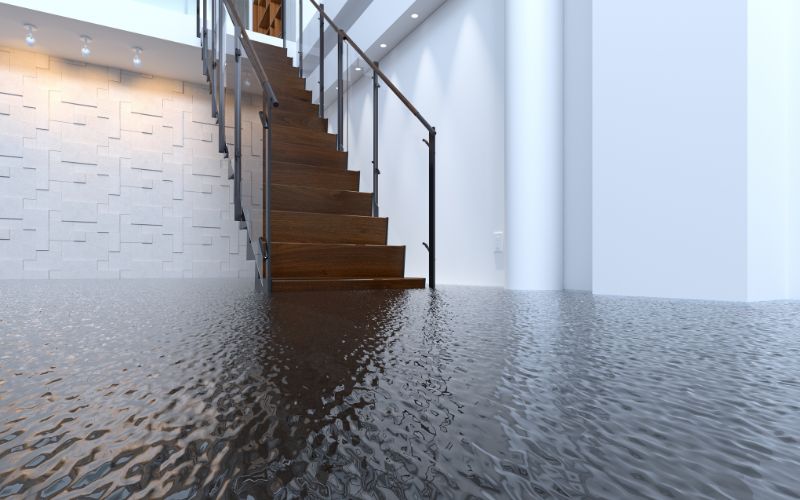
What Is a Typical Cause of a Sewer Backup?
One of the common causes of a sewer backup is a clogged sewer line. This can occur due to a buildup of debris, tree roots invading the pipes, or the accumulation of grease and other materials. It’s essential to be mindful of what is being flushed or poured down drains to prevent clogs and subsequent backups.
Signs and Symptoms of Sewage Backup
- Foul Odors: A persistent foul smell resembling sewage indicates a potential backup issue. If you notice this odor in your home or near your property, it’s crucial to investigate further.
- Slow Draining Fixtures: If sinks, toilets, or drains are slow to empty or gurgle when used, it may be a sign of a partial blockage in the sewer line.
- Multiple Clogged Drains: When multiple drains in your property become clogged simultaneously, it could be an indication of a sewer backup problem.
- Backed-Up Plumbing Fixtures: Sewage backup can cause toilets, showers, or sinks to overflow. If you experience any of these issues, it is important to address the problem immediately.
The Role of Professional Restoration Companies
In the event of a sewage backup, it is highly recommended to enlist the services of a professional restoration company. These experts possess the necessary skills, equipment, and experience to handle sewage clean up and water damage restoration effectively. They can safely remove sewage, sanitize the affected areas, and restore your property to its pre-damage condition.
Conclusion
Preventing sewage backup is crucial to protect your property and ensure the safety and well-being of its occupants. By understanding the causes, recognizing the signs, and implementing preventive measures, you can significantly reduce the risk of sewage backup. Additionally, relying on the expertise of professional restoration companies can help mitigate the effects of a sewage backup if one does occur.
FAQ
Regular inspection of sewer lines is recommended every few years to detect potential issues and prevent backups.
Installing a backwater valve and ensuring proper drainage can help prevent sewage backup during heavy rainfall.
It depends on the policy and the cause of the backup. Contact your insurance provider to understand your coverage.
The duration of sewage clean up and restoration depends on the extent of the damage. It can take anywhere from a few days to several weeks.
It is not recommended to clean up sewage backup yourself due to health risks. Professional restoration companies have the necessary equipment and expertise to handle the cleanup safely



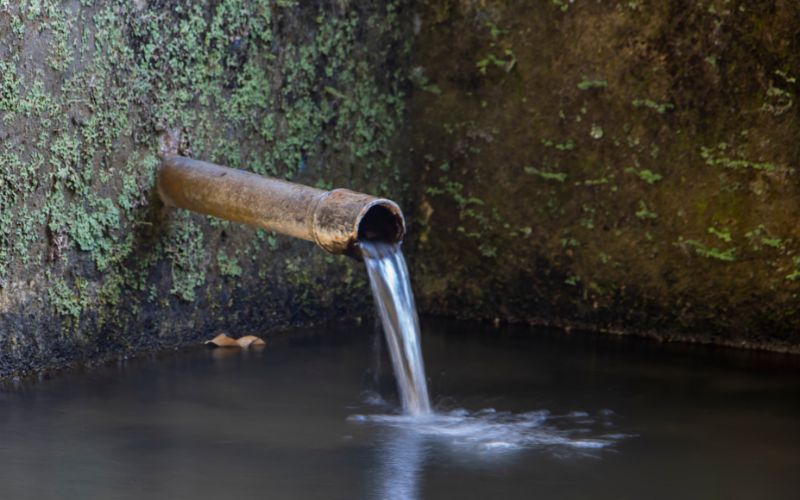
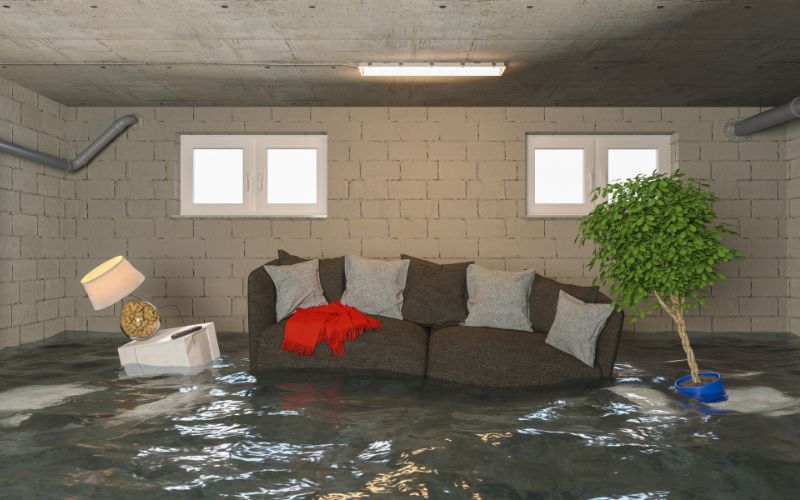
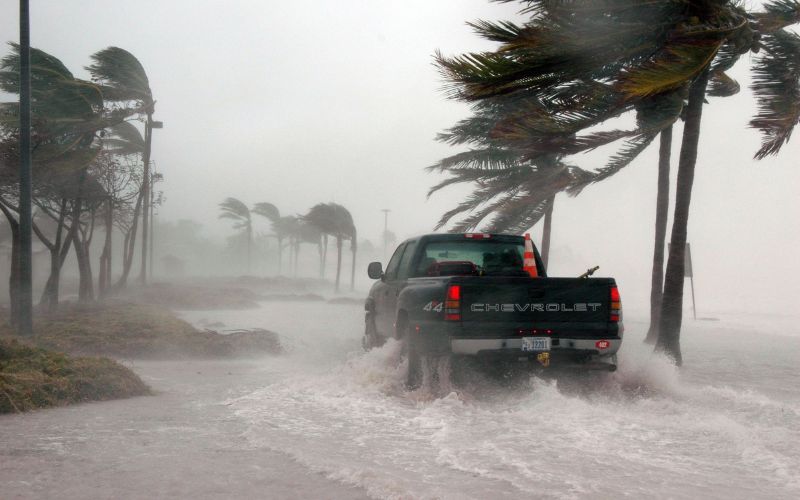
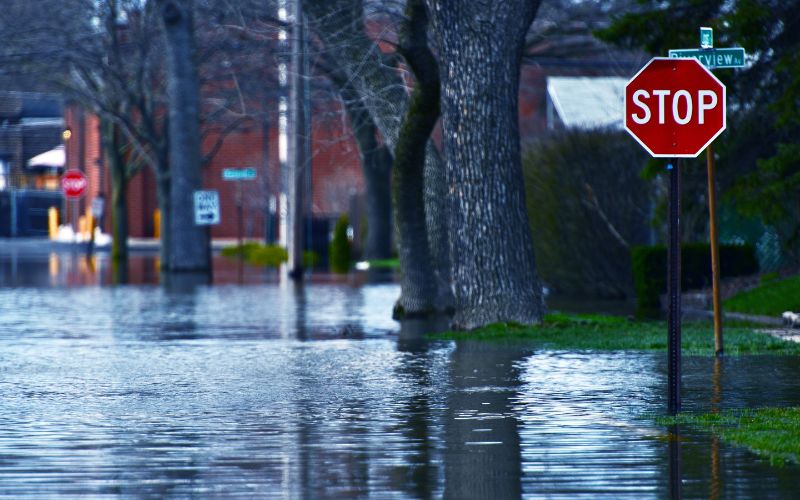
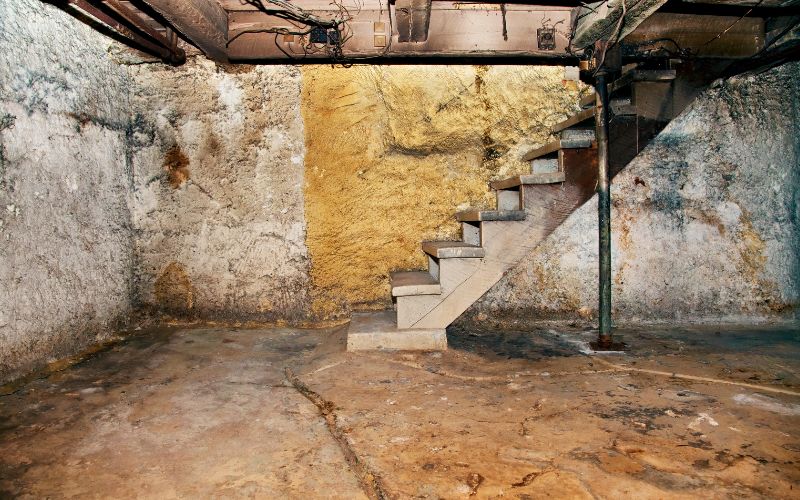
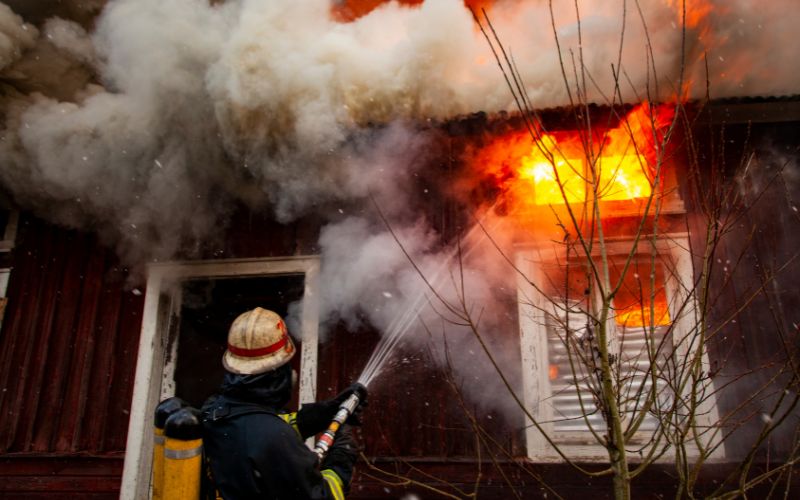




 by
by